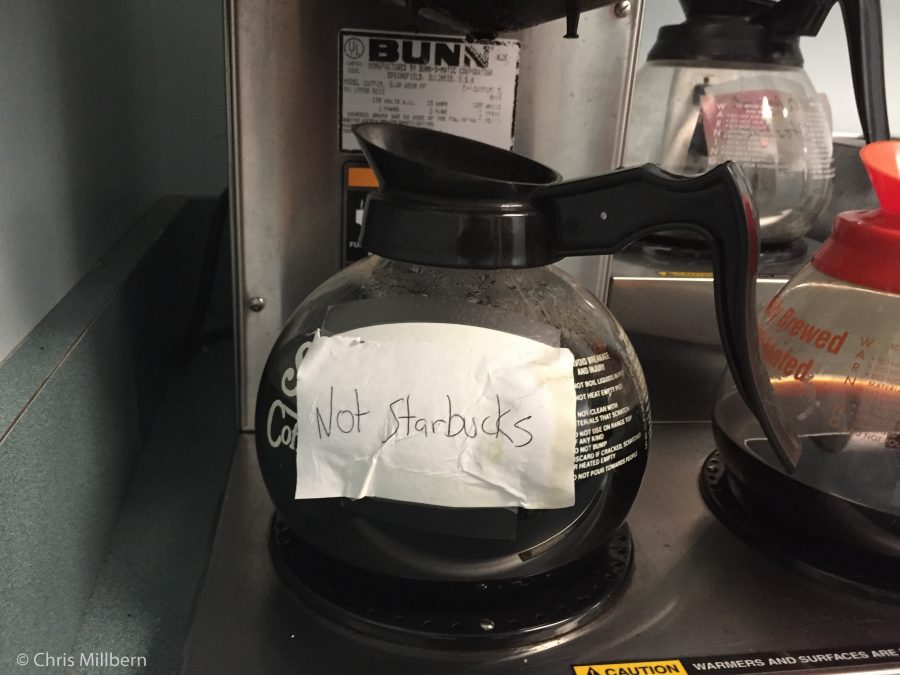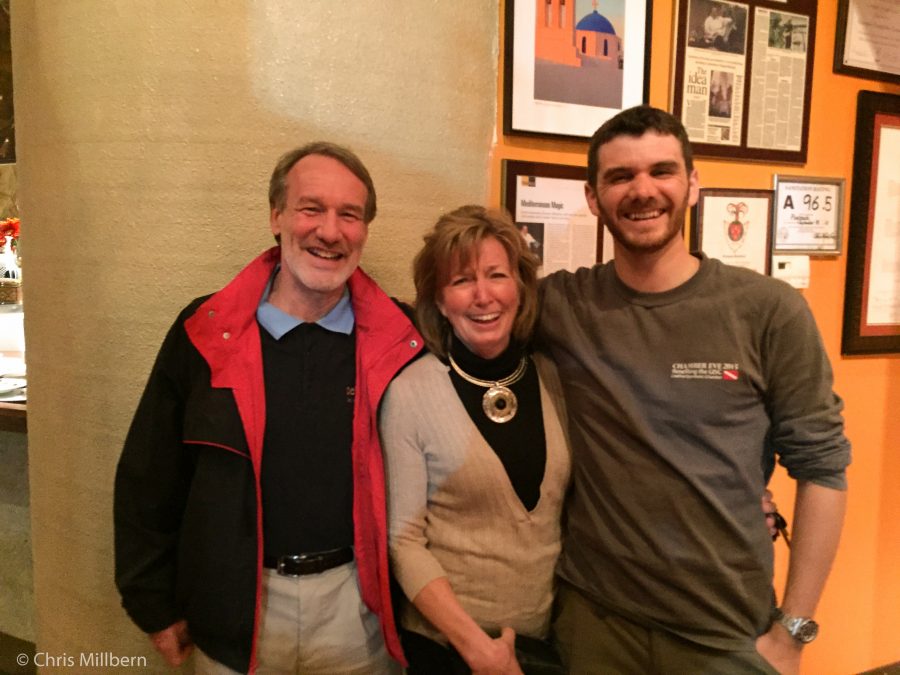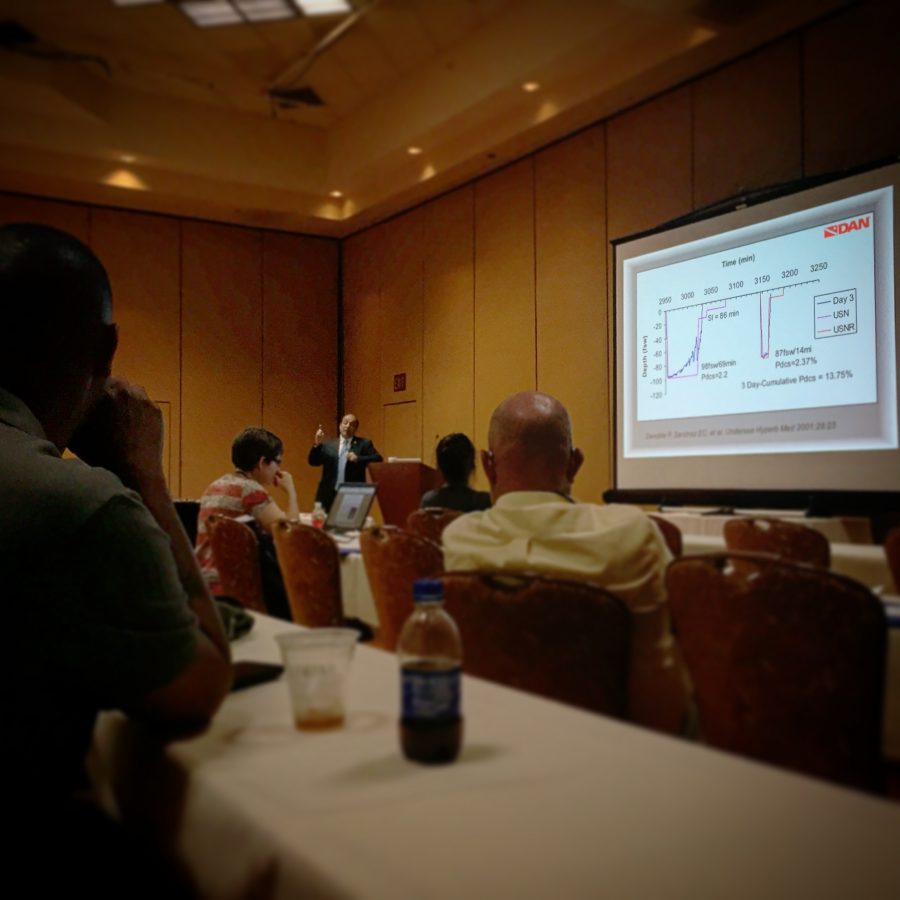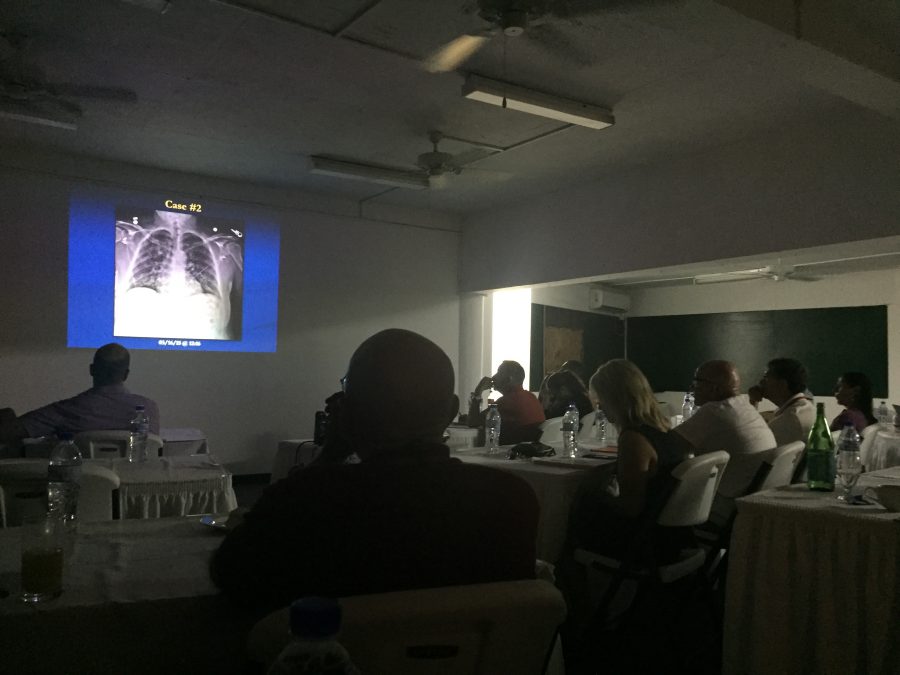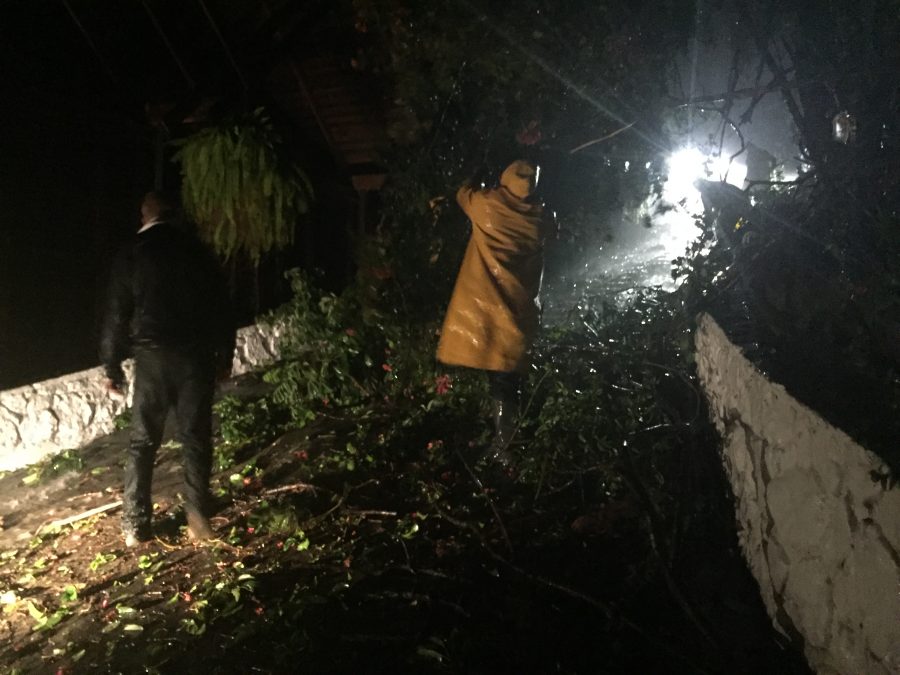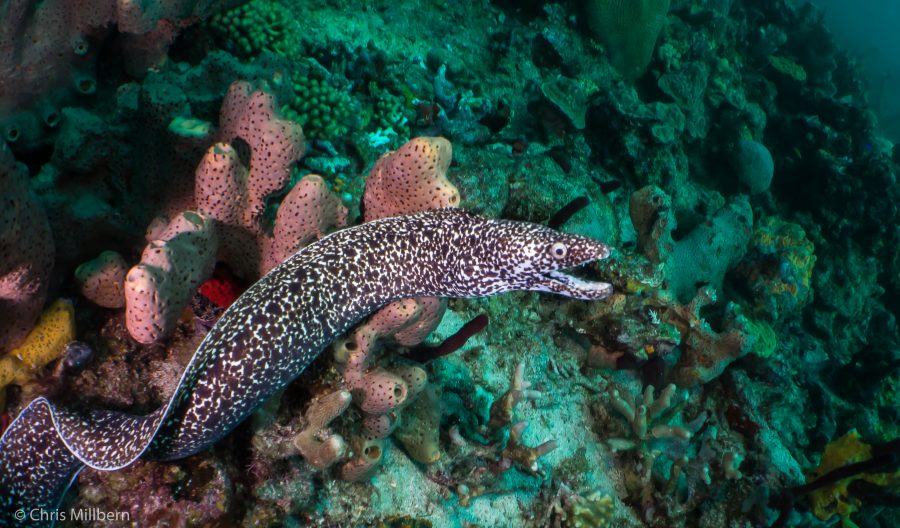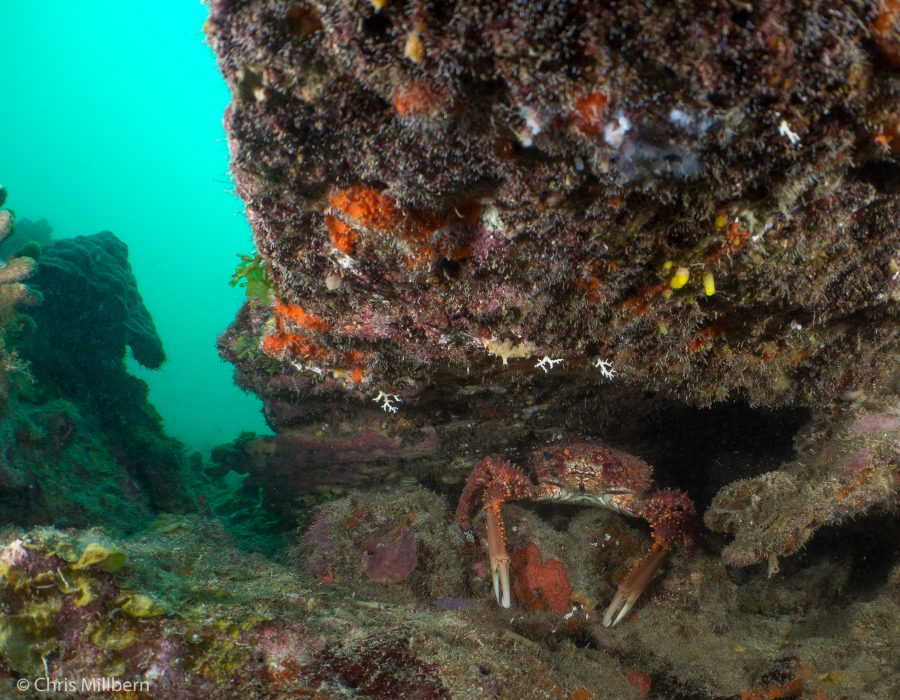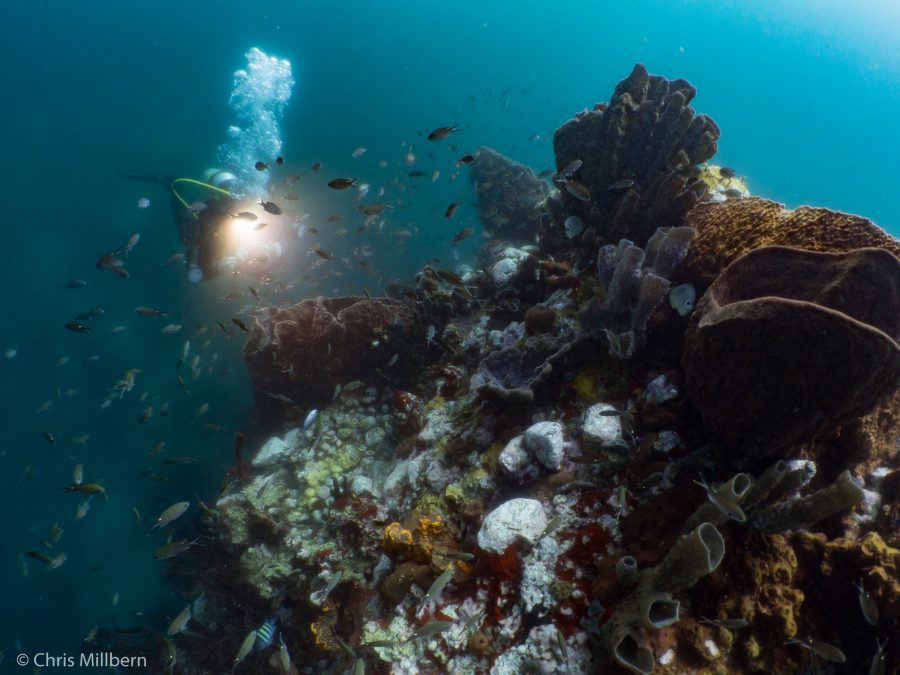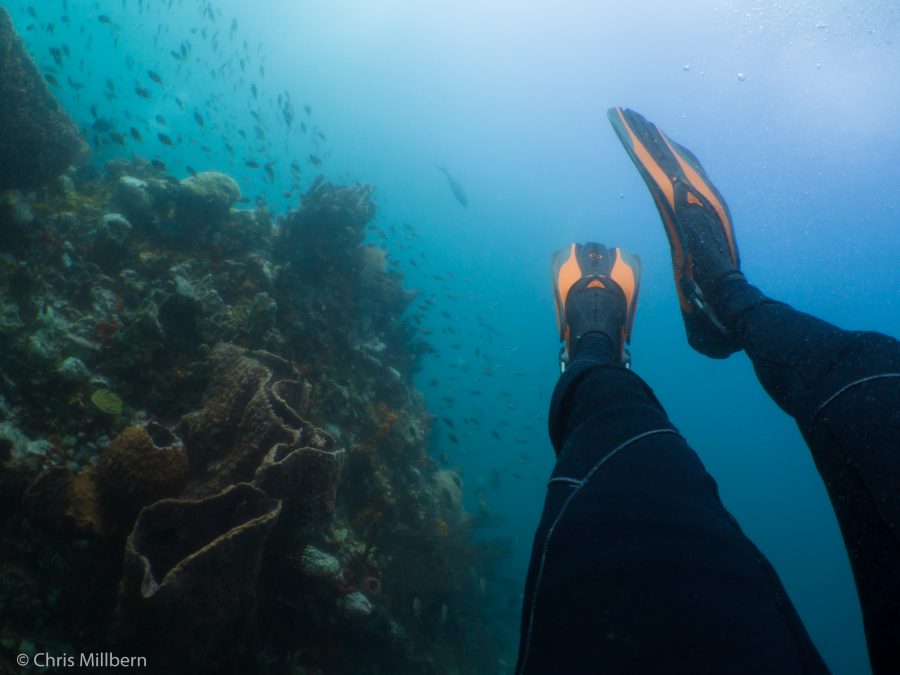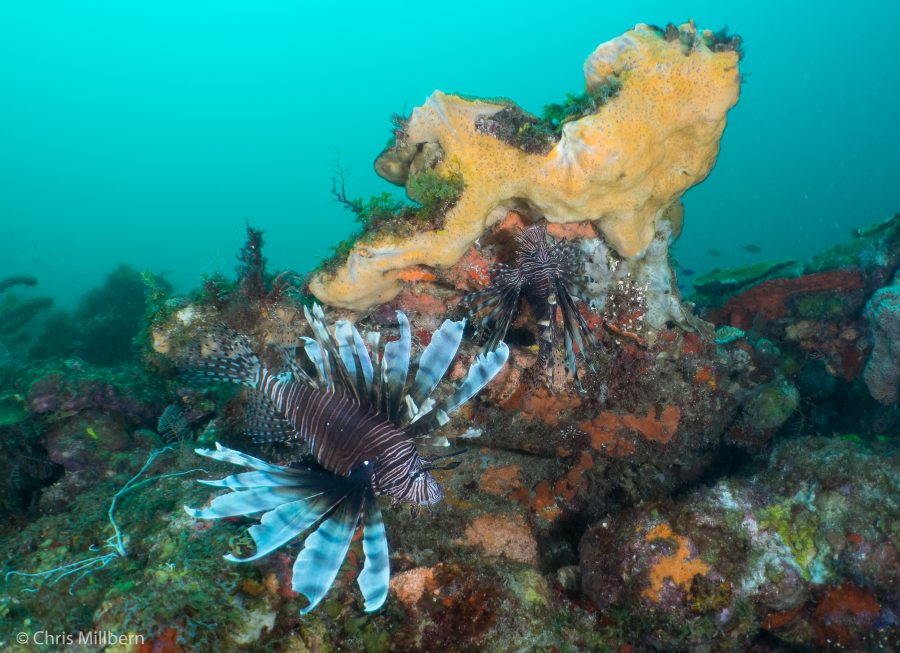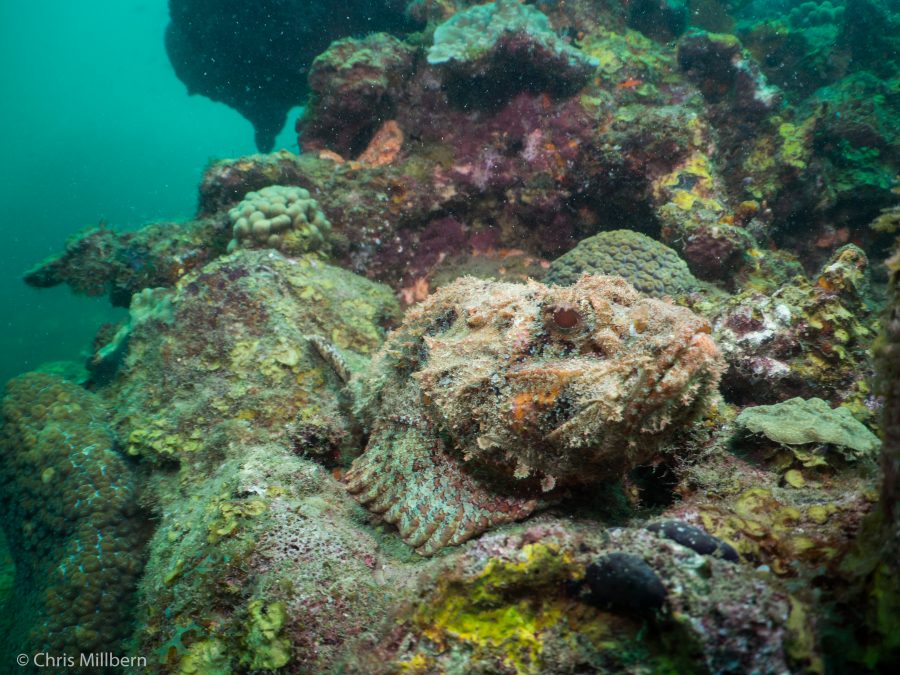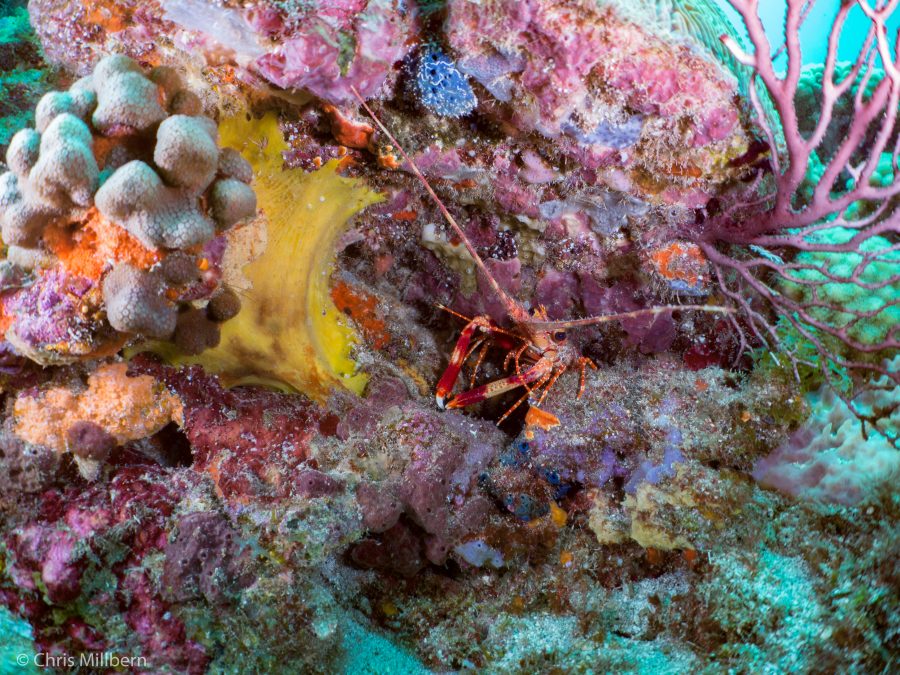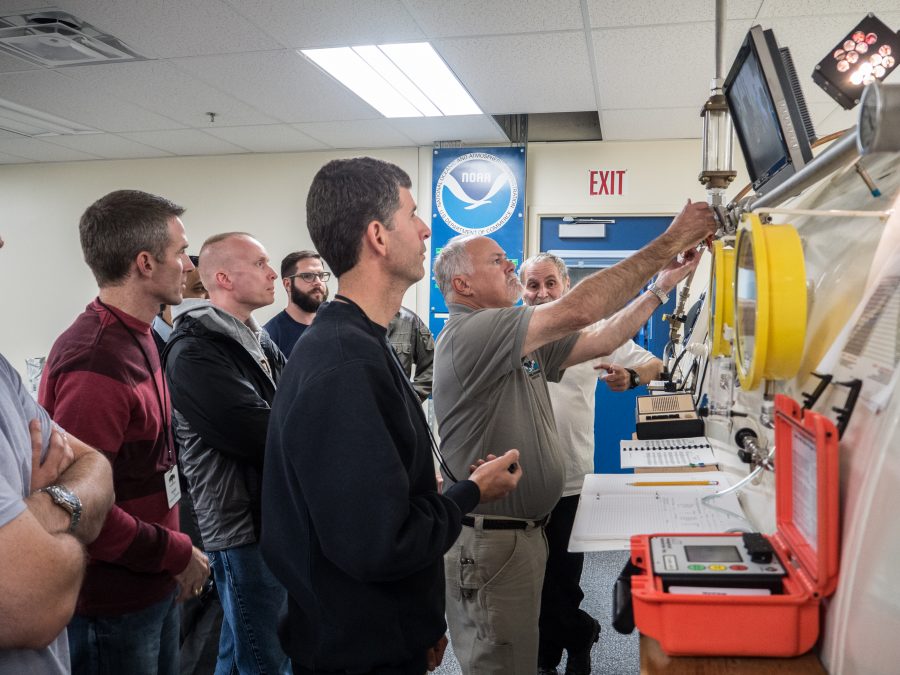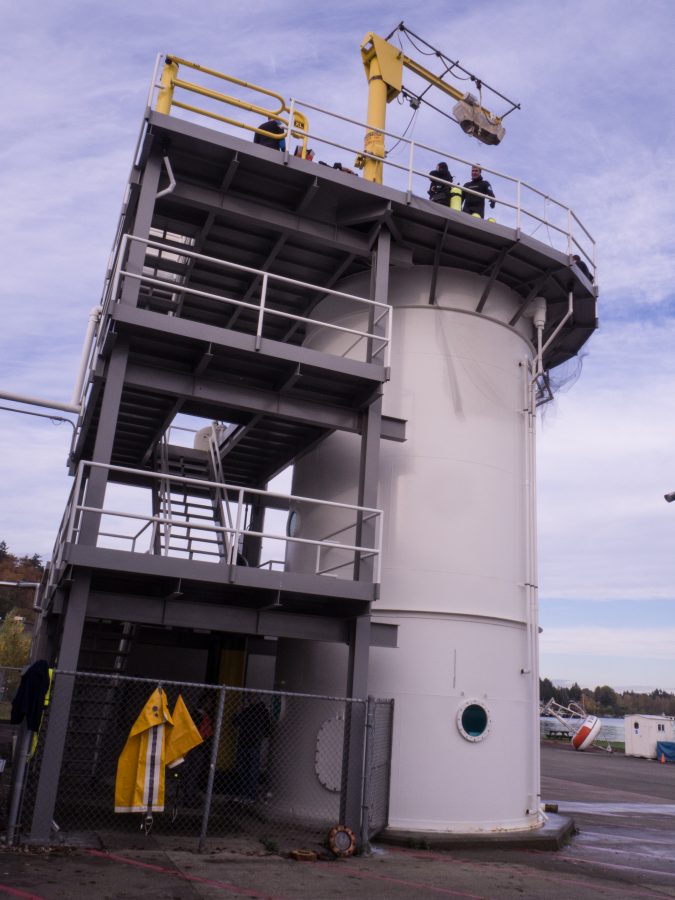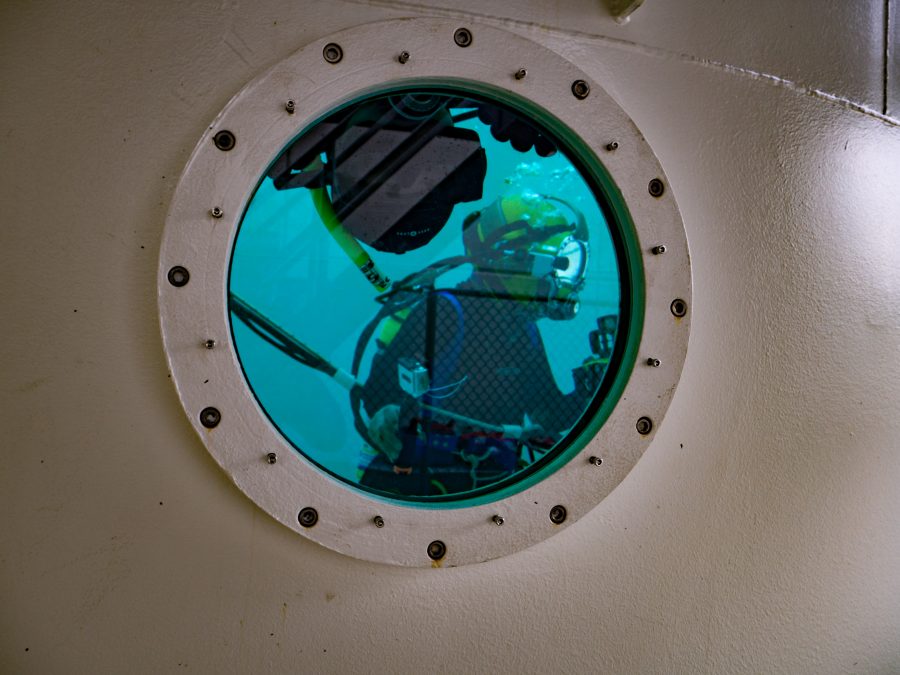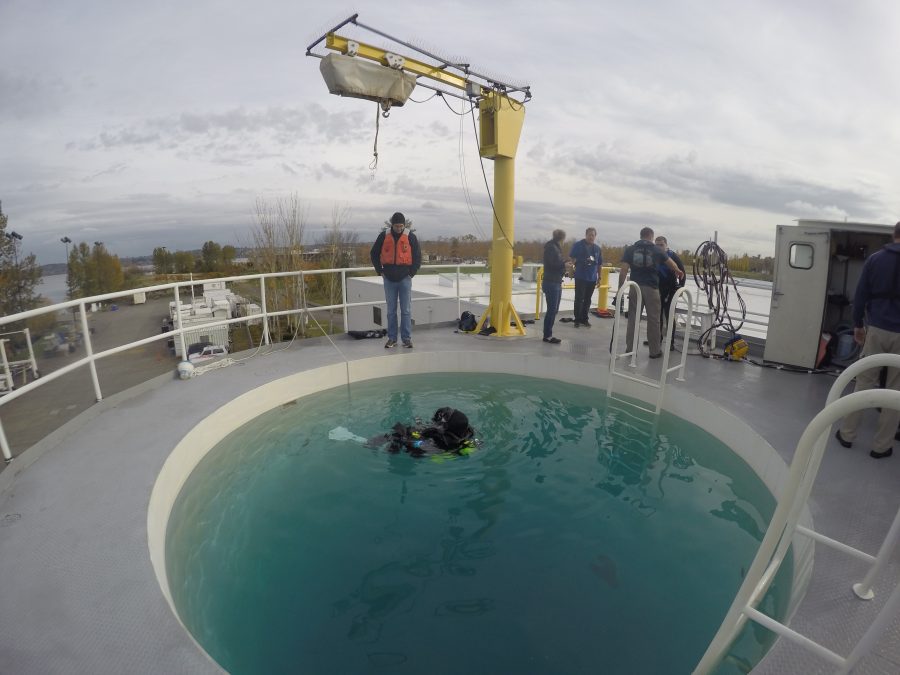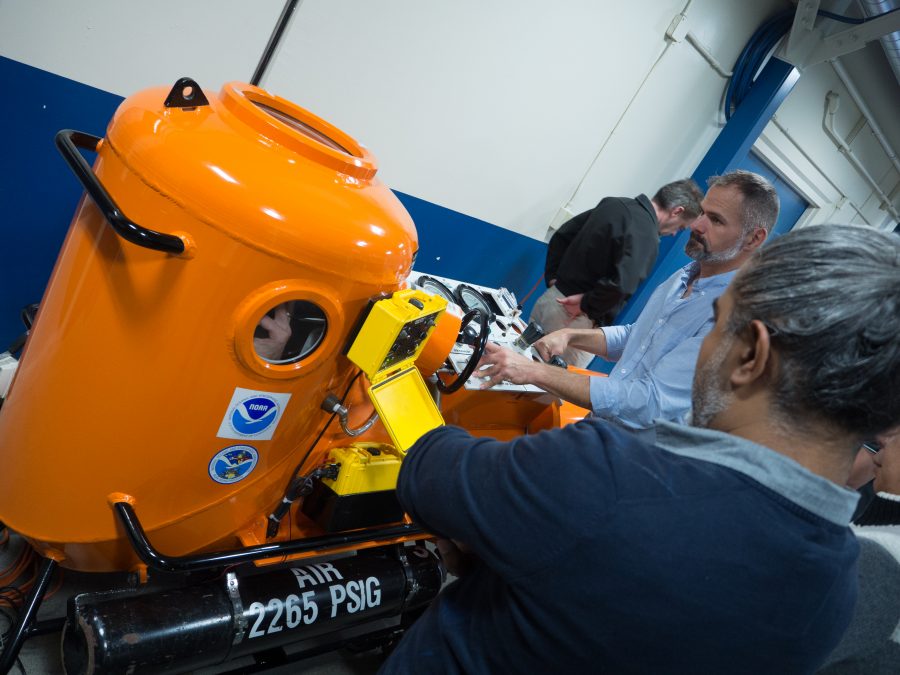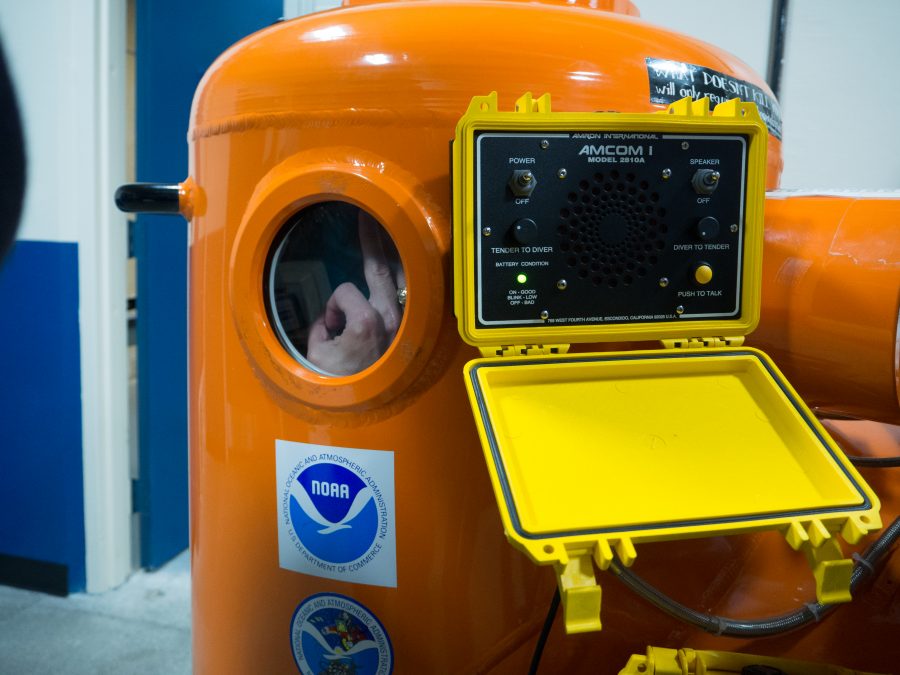“Supposing is good, but finding out is better” -Mark Twain
In my travels, I’ve heard a lot of things about diving-related injuries.
“An embolism? No, I don’t do very long dives- and anyways I always take my blood pressure medication.”
“Yeah, lionfish are poisonous, but can’t you just pee on it or something if you get stung?”
“My dive computer said I was fine, but I still got bent. I guess I was dehydrated, though…”
It’s the kind of topic that permeates any underwater conversation- we love a good survival story, but even better is an easy villain. Dehydration. Bad tank fills. A faulty computer.
There’s a lot of misinformation out there, and some of it sounds really convincing. Where do we begin figuring out what’s actually going on?
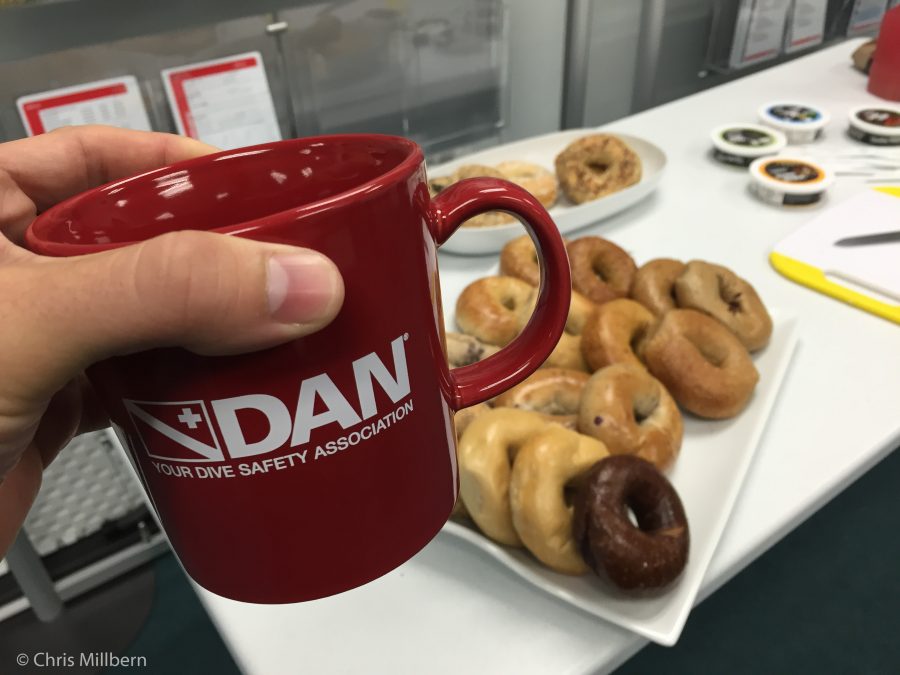
Lucky for us- there are a lot of very smart people who work very hard answering the tough questions through a number of organizations. And I wanted to learn from all of them.
Immediate thanks to Patty Seery and Neal Pollock of DAN, Karl Huggins of the USC Chamber, Julie Barber of the Our World-Underwater Scholarship Society®, and Greg McFall of NOAA for their help in organizing my learning; and of course Divers Alert Network, the National Oceanic and Atmospheric Administration & NOAA Diving Program, as well as the Undersea and Hyperbaric Medical Society for their significant contributions to my experiences in dive medicine this year.
Divers Alert Network is the world’s largest diving insurer and a staple of the underwater community- I’ve seen DAN stickers and flags hidden in the most remote corners of Belize to Alaska. And yet, I’d argue that their safety promotion, products, and insurance are secondary- it’s their commitment to research that stands tall to me.
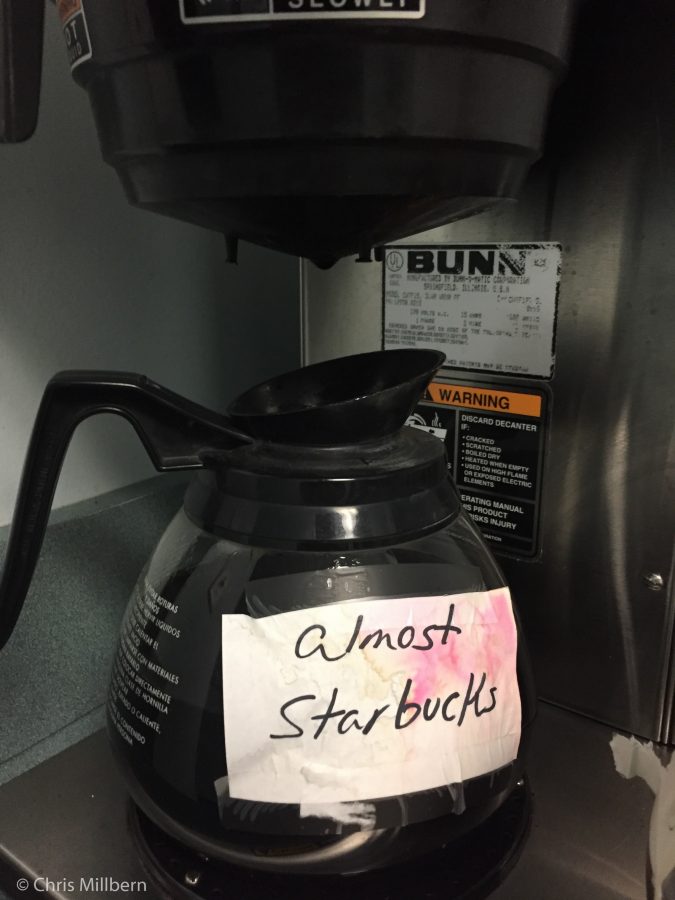
While I could go blue in the face trying to summarize all of the things I’ve learned from the wonderful people at DAN, the truth is their website is chock-full of simple, intuitive, and extremely useful information available for free and to anyone. Please, (PLEASE!) check out their resources and read that Alert Diver issue you keep planning on getting to- you’d be amazed how much you can learn, and what a safe diver you’ll become. (For example, here is their list of articles– ever wanted to know if you can dive with Lupus? Yes, even that’s covered.) The last issue has a great article by Dr. Peter Buzzacott that’s a must-read, and know that many of their public materials go well beyond basic safety PSAs. Consensus summaries, published data, and case reports can all be found and I seriously encourage everyone to take a look.
DAN was kind enough to sponsor an early visit in my year to their headquarters in North Carolina, where I got to meet the resident staff and professionals.
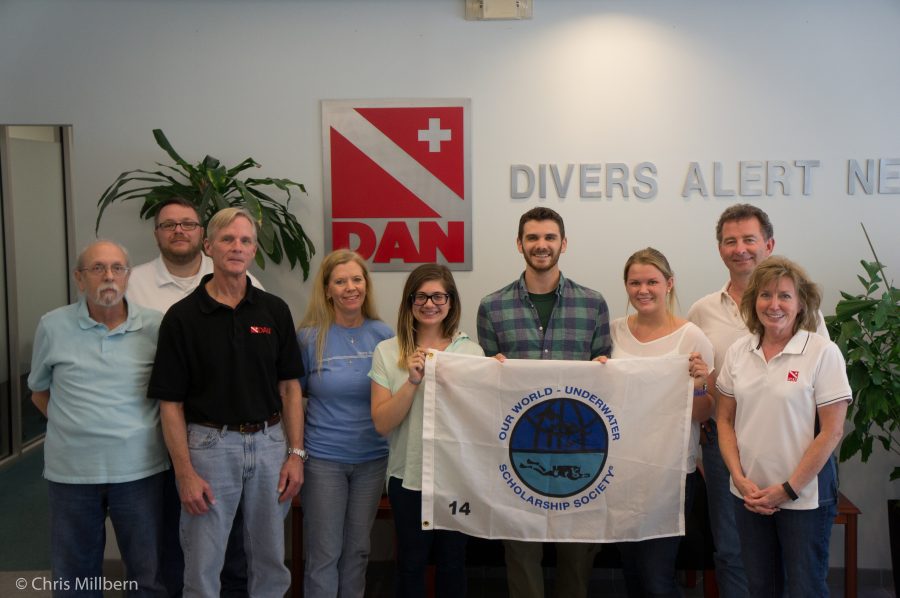
Dr. Pollock, research director for Divers Alert Network and research associate of the Duke Environmental Physiology lab and hyperbaric medical program, demonstrates using a 2D Echocardiogram to track bubble movement through the heart, part of his work on technical divers in the field and studying environmental physiology here in North Carolina. This is one of the many research projects DAN is currently working on that I got to see!
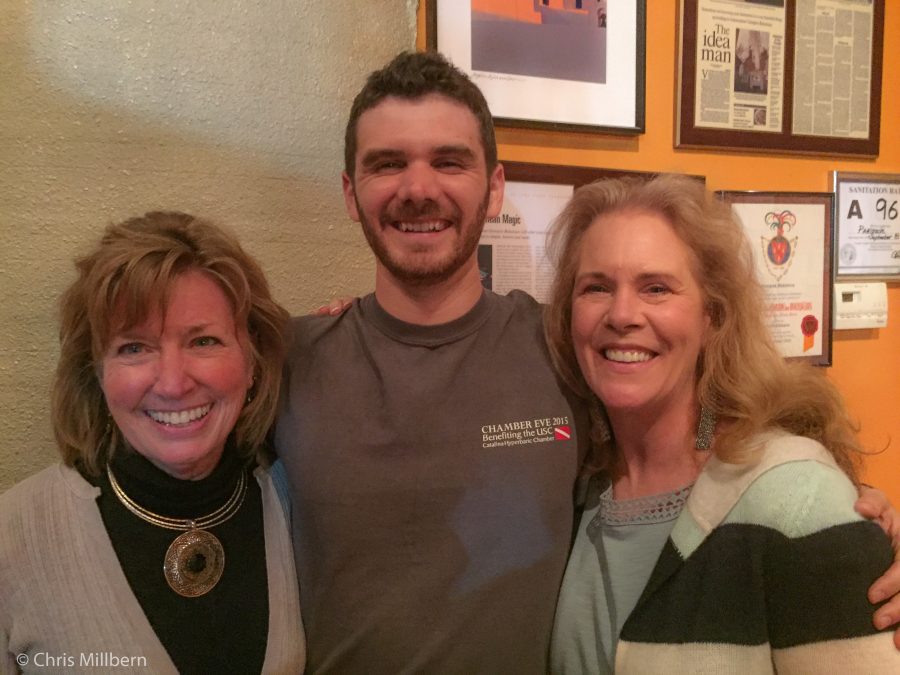
Even better, Patty taught a great instructor training course so that I could help certify other divers along my travels!
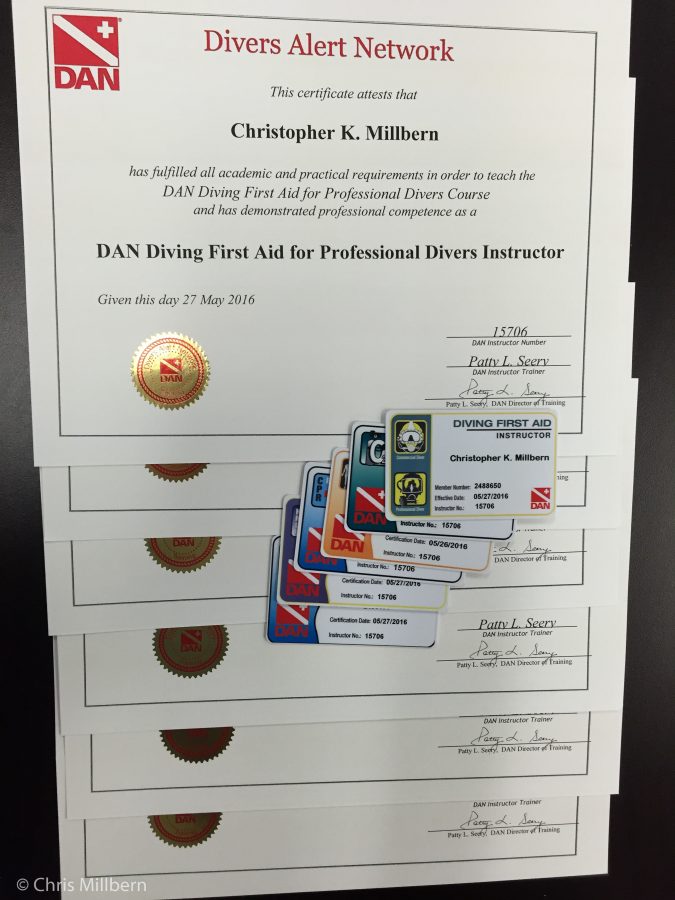
Included in that, I had the good fortune of learning and spending time with DAN’s two research interns, Tara and Jocelyn. Check out DAN’s internship program if you’re interested!
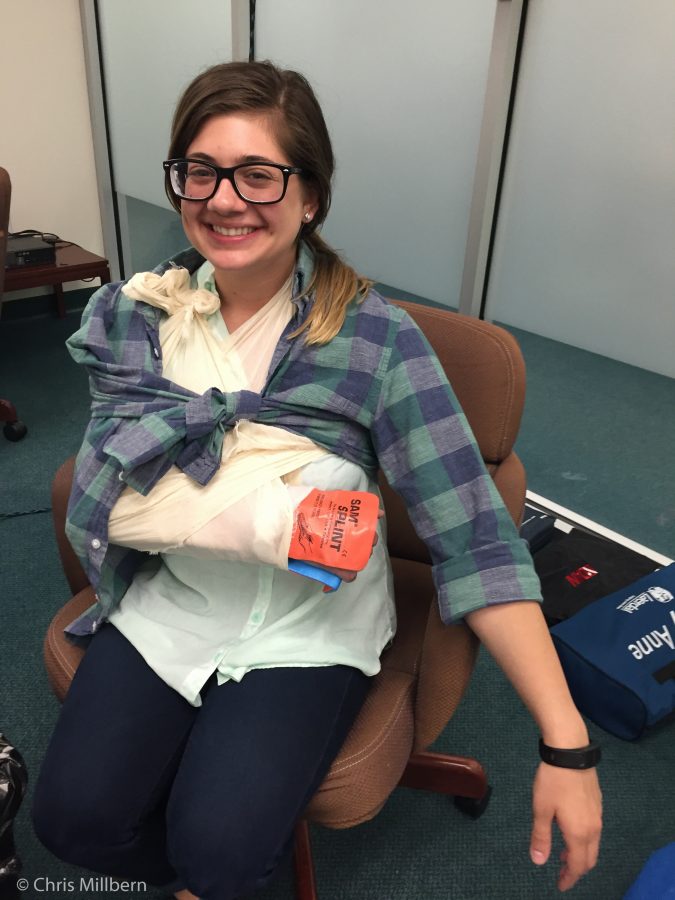
Not far from DAN’s headquarters is Duke’s fantastic facility- thanks goes to Dr. Pollock for the tour!
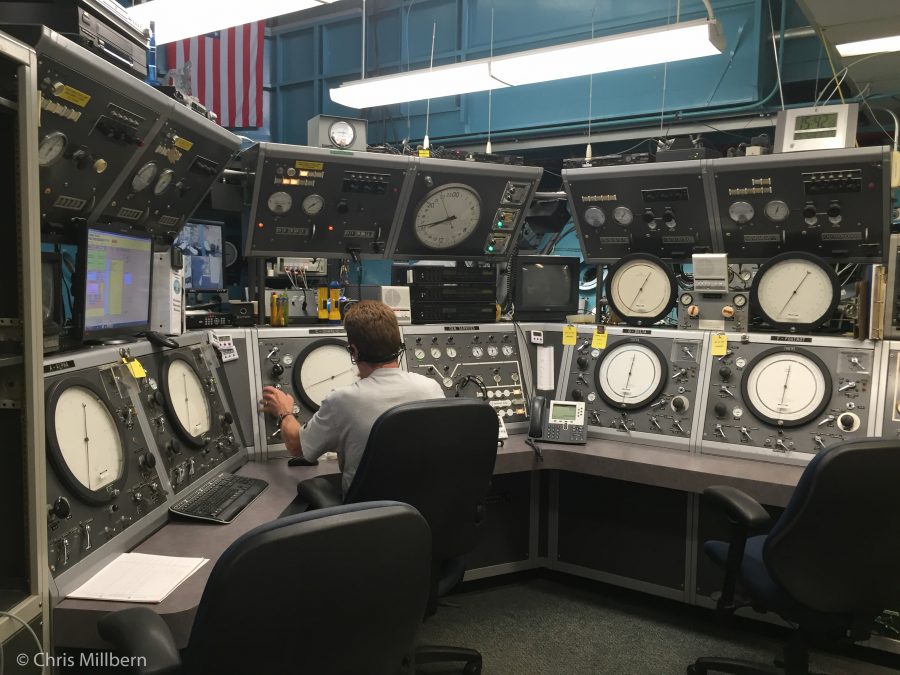
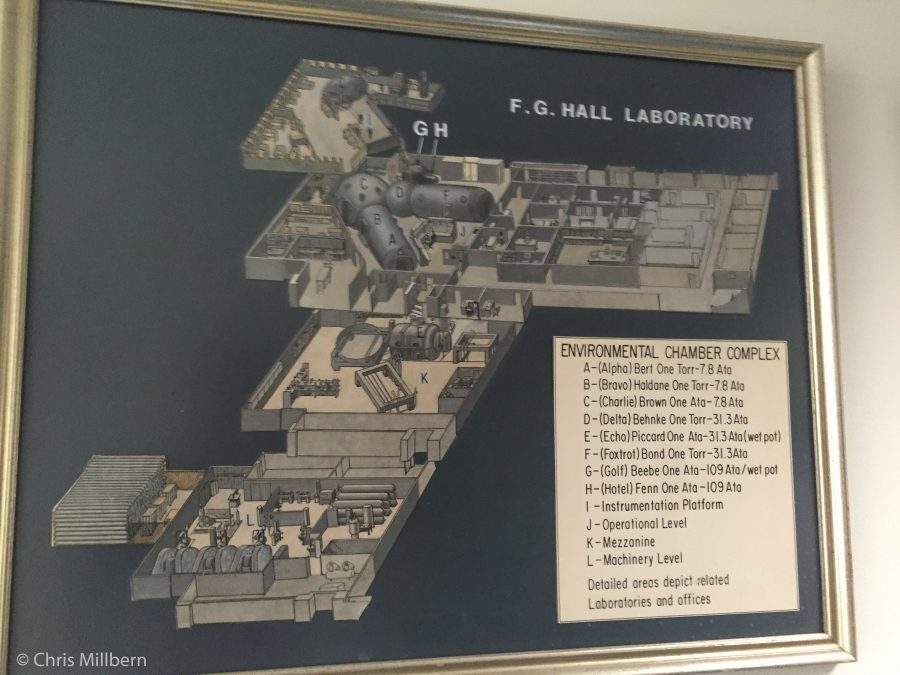
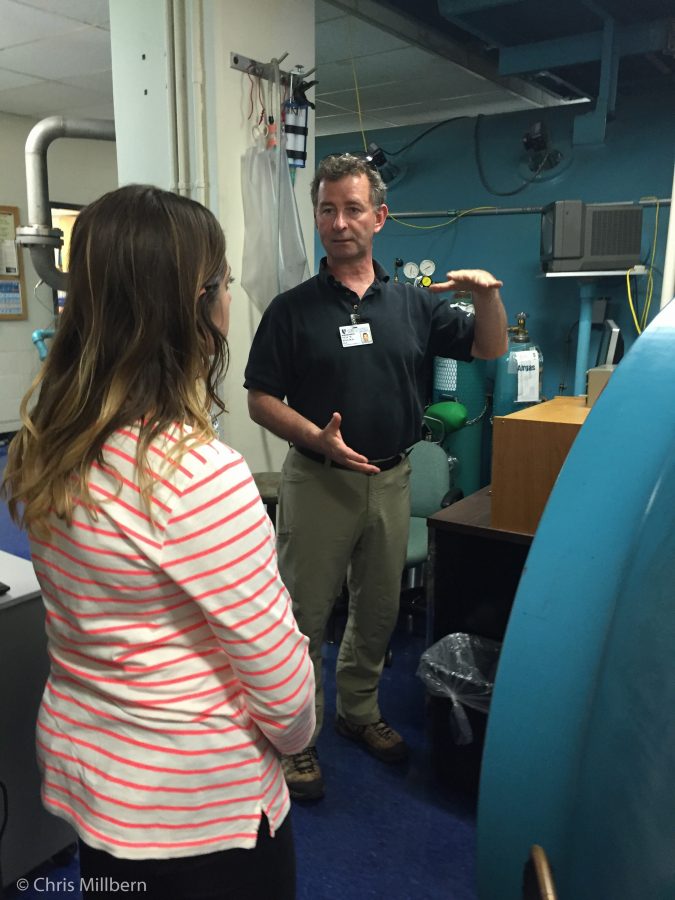
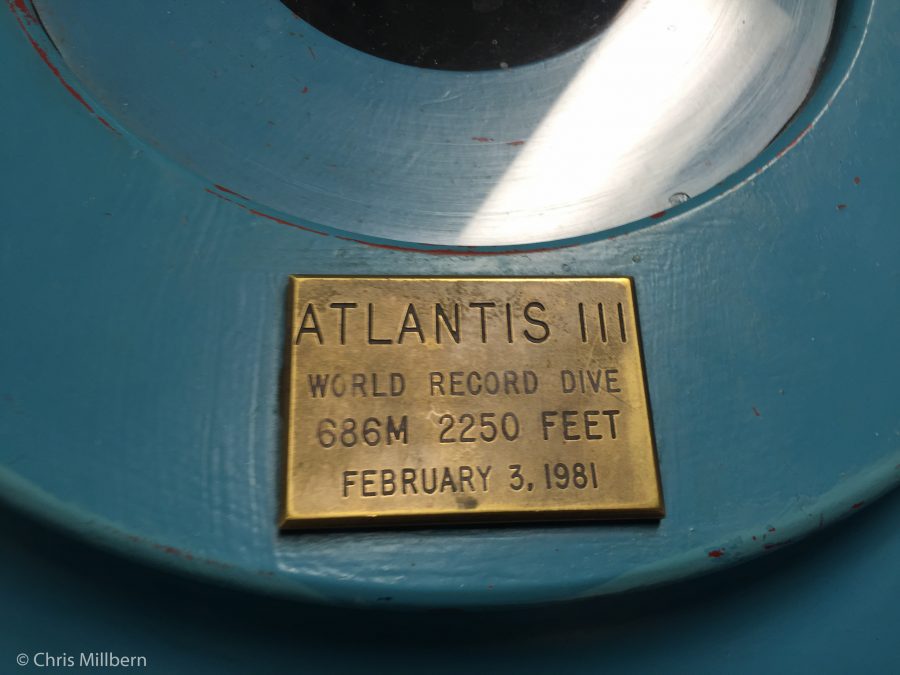
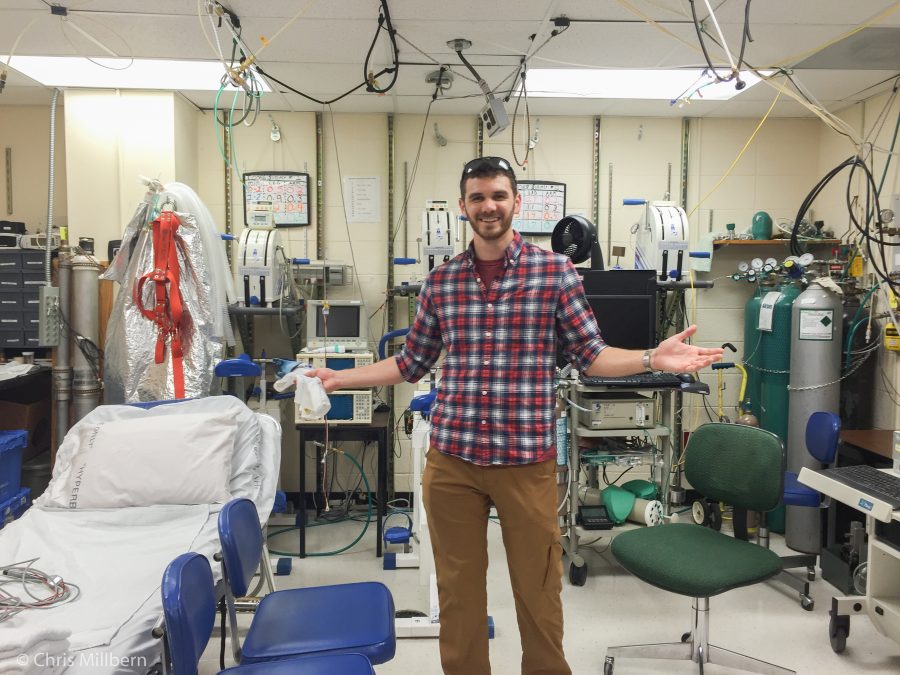
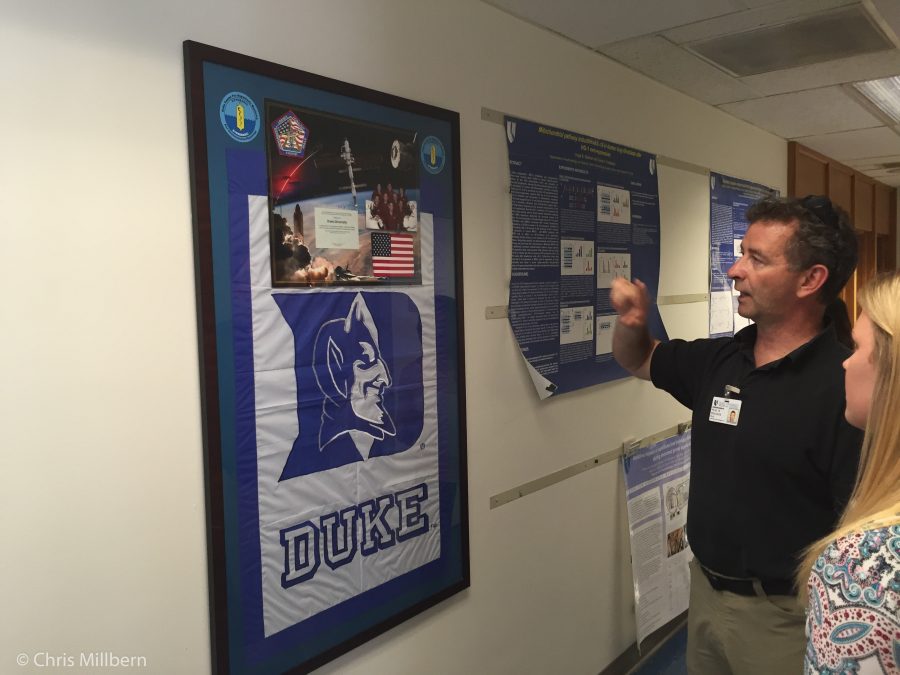
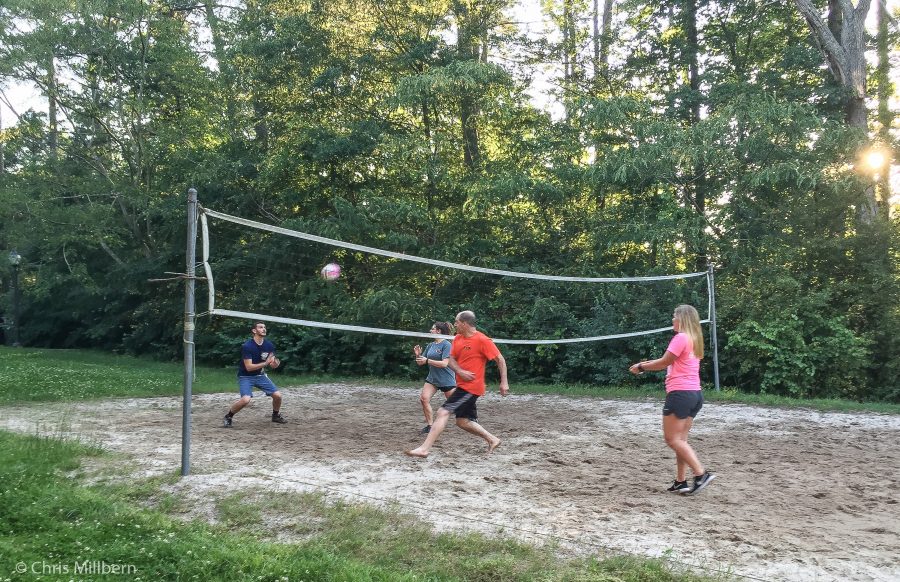
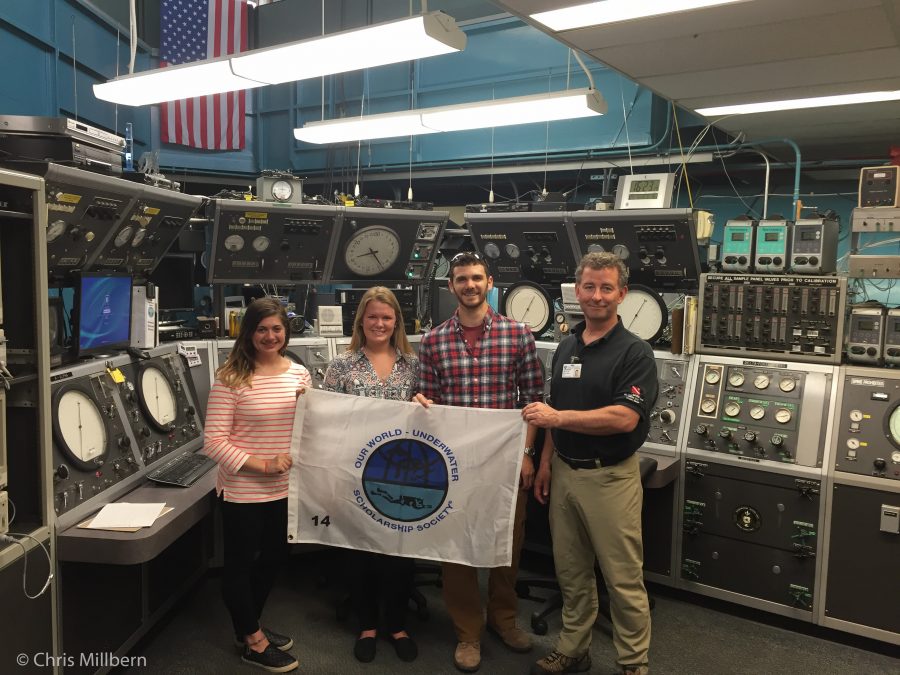
Not much later, Karl Huggins was kind enough to invite me to the UHMS 2016 Annual Scientific Meeting in Las Vegas. While I couldn’t attend the full meeting, I was able to sit in on the Harvesting and Aquaculture Diving Safety pre-course. Dealing with the medical challenges that rural diving and fishing communities face is very close to my heart, and seeing some of the top minds in the field approach such a subject was enlightening. I even got to meet Karen B. Van Hoesen, 1988 Rolex Scholar and current E.R. physician/founder of the San Diego Center of Excellence in Diving.
While the visit was short, I learned a lot and saw a lot of proposed solutions discussed for various communities. Fortunately, the conversation didn’t stop there- because I just spent the last week in St. Lucia, at the jointly hosted DAN-UHMS Hyperbaric Medical course!
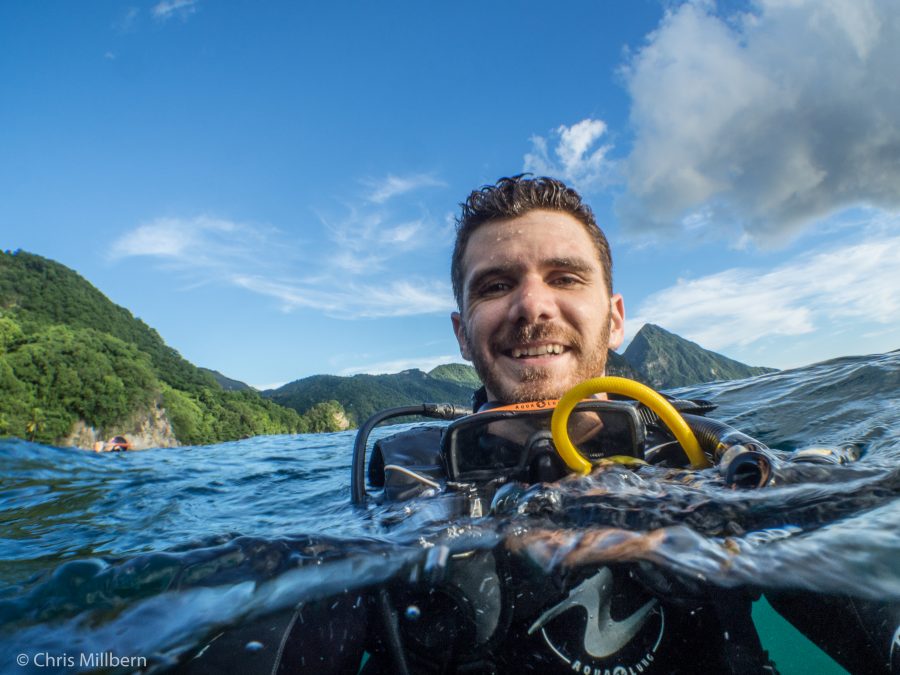
The course material was intense, but I loved every minute of it. In addition to Dr. Pollock, presentations were split between Dr. James Holm- Medical Director of Virginia Mason’s Hyperbaric Chamber, Dr. Simon Mitchell- Head of Anesthesiology at University of Auckland , and Dr. James Caruso- Chief Medical Examiner for Denver, CO. Don’t mind that this list only covers their current day jobs- the military, technical diving, exploration, and research background these guys have is staggering. What more could you ask for?
Well, you could ask for power- Hurricane Matthew (tropical storm, at that time) had something to say about our diving plans. Luckily aside from some minor inconveniences, a LOT of wind, and some literally sideways rain (10 inches in one night!)- the staff at Hotel Anse Chastanet handled things amazingly. We even got back to diving after the storm had passed!

At the time, we had no idea of the beast that this storm would become; as always, I continue to wish the best for all of those affected, from Haiti all the way to South Carolina.
Due to the storm, the diving wasn’t quite standard “St. Lucia visibility”- but nonetheless was beautiful. And really, isn’t diving sometimes about the good company you keep?
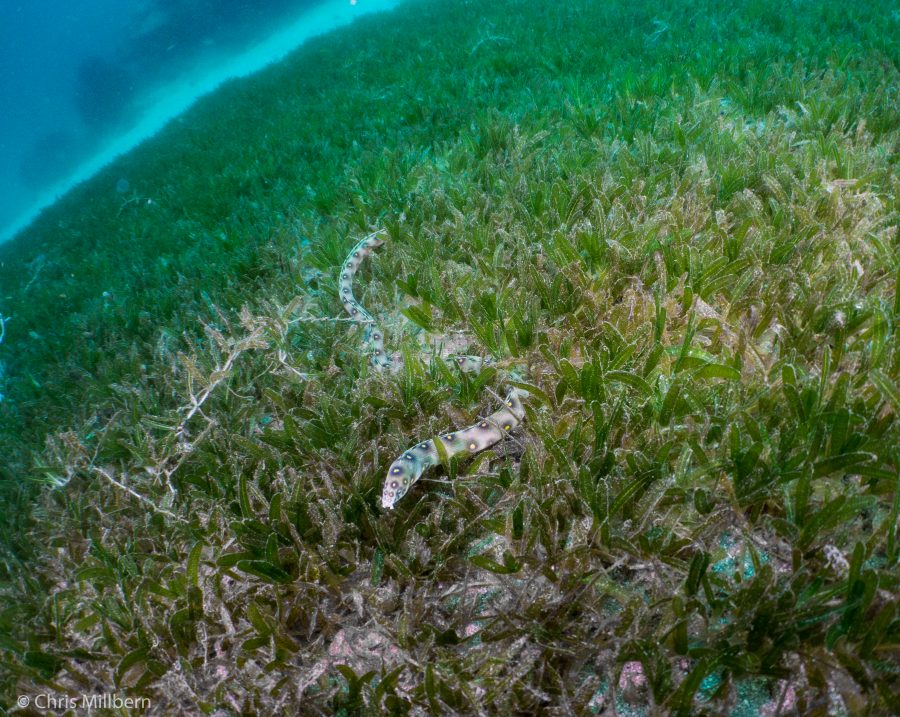
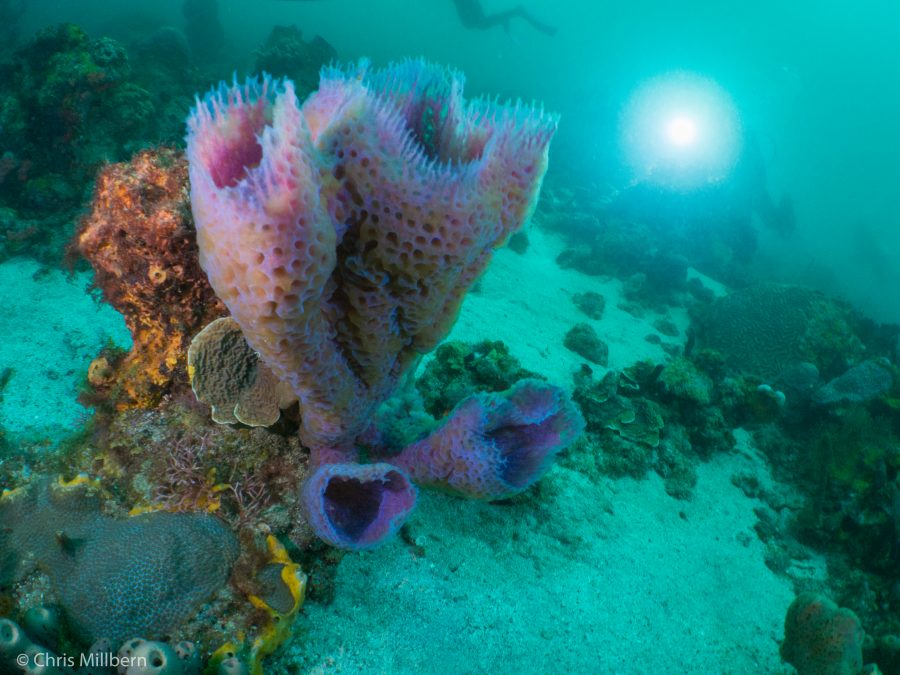
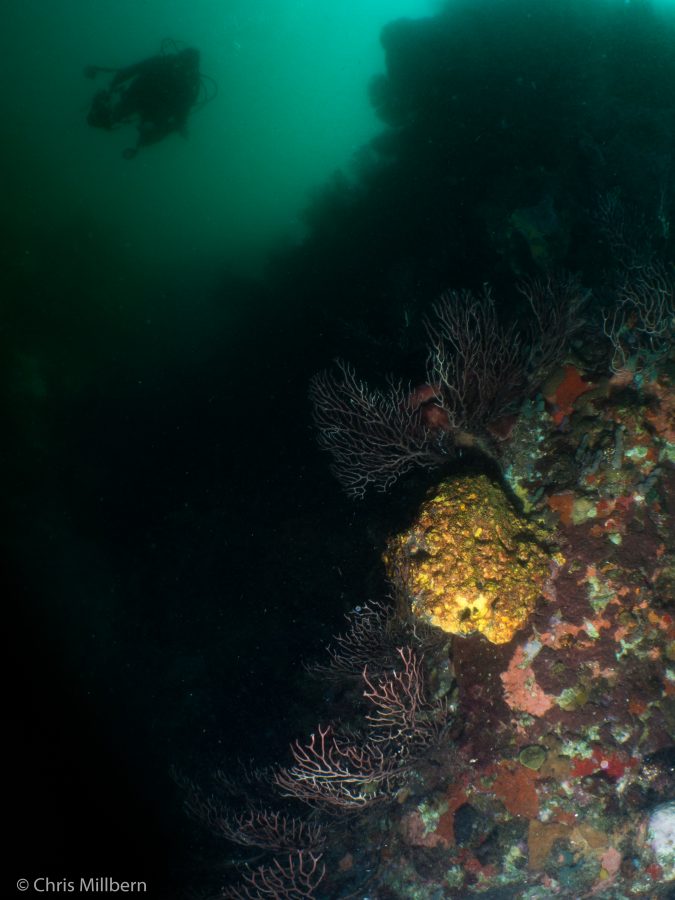
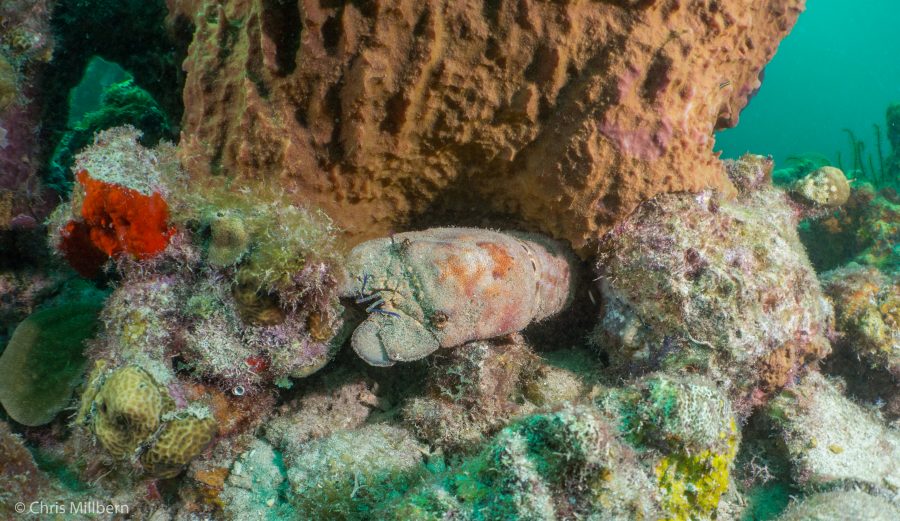
Thanks again to those at DAN and the UHMS, as well as the attendees of all these events for making such informational and valuable trips. And to the faculty- well, it wasn’t long before I was with them again!
Greg McFall and the wonderful people of the NOAA Diving Program invited me to join the 2016 NOAA-UHMS Physicians Training in Dive Medicine course. Located at the NOAA Western Regional Center in Seattle, 30 physicians from all over the country (and world!) came to attend a 2-week intensive course in hyperbaric medicine. As Dr. Mitchell put it, this is the “gold standard of dive medical training”.
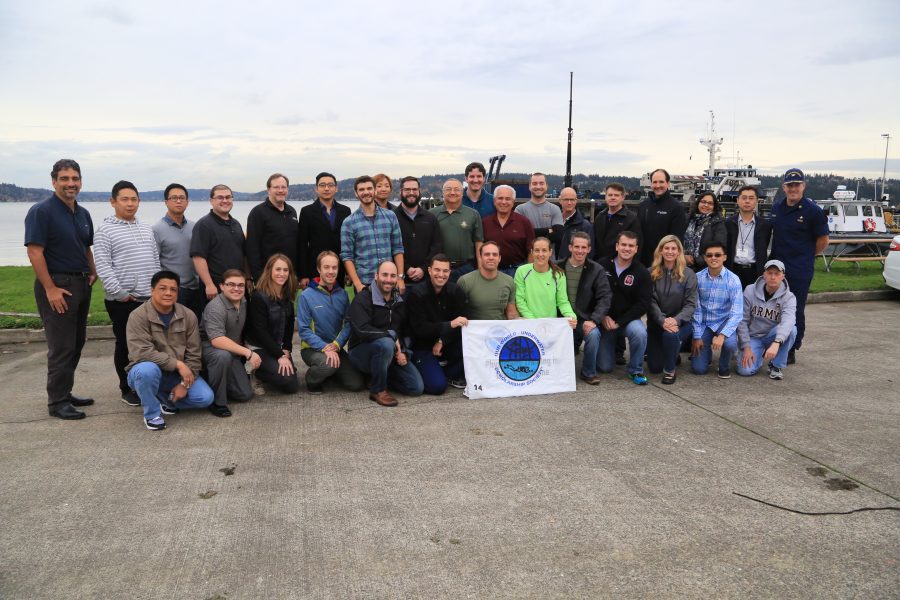
What does the gold standard look like? Well, you can learn from Dr. Morgan Wells, the father of Nitrox and legend of the NOAA diving program. And by learning, I mean take a proof-of-concept chamber ride to 100 ft. using pure nitrogen to see how low breathable oxygen partial pressures can be sustained.
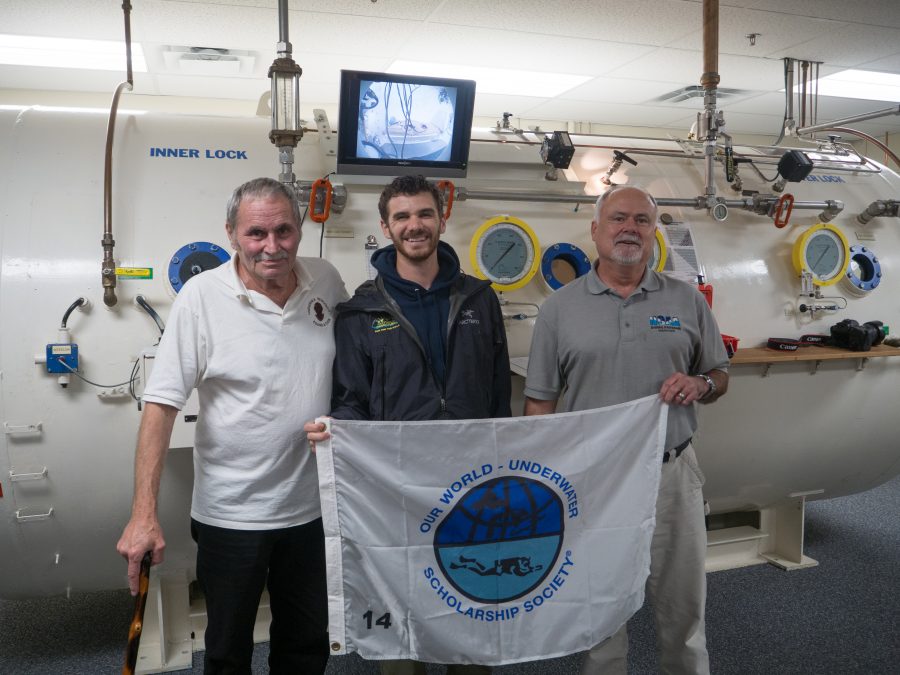

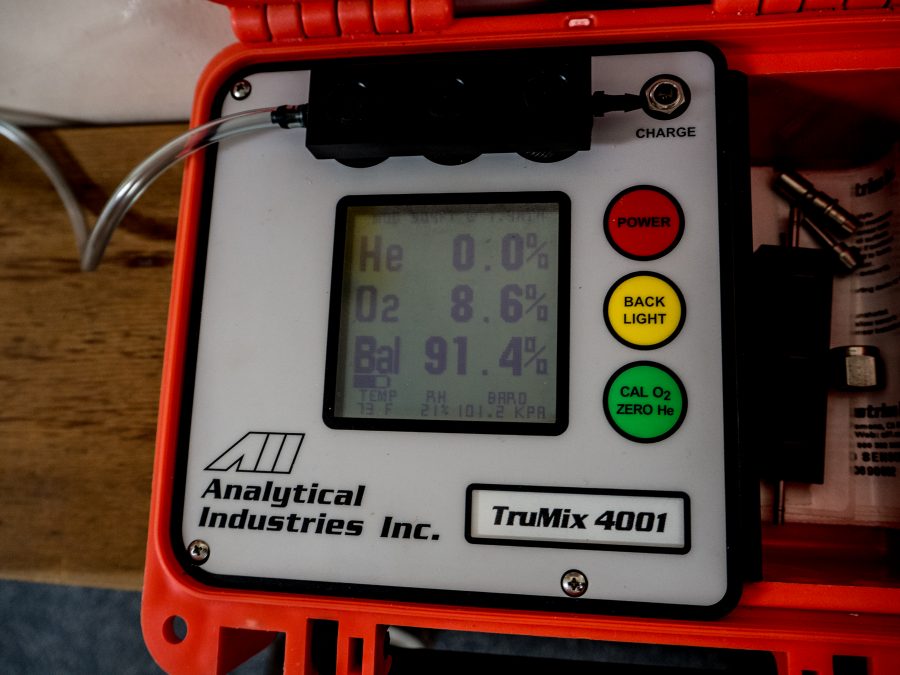
Those who pass the class are certified through DMAC for the title Diving Medical Officer (DMO). While I’d like to say I was allowed to join those ranks (I mean, I took the same class, passed the same tests, come on!), I was missing these tiny things called “medical school” and a “D.O. or M.D. degree.” Technicalities, am I right?
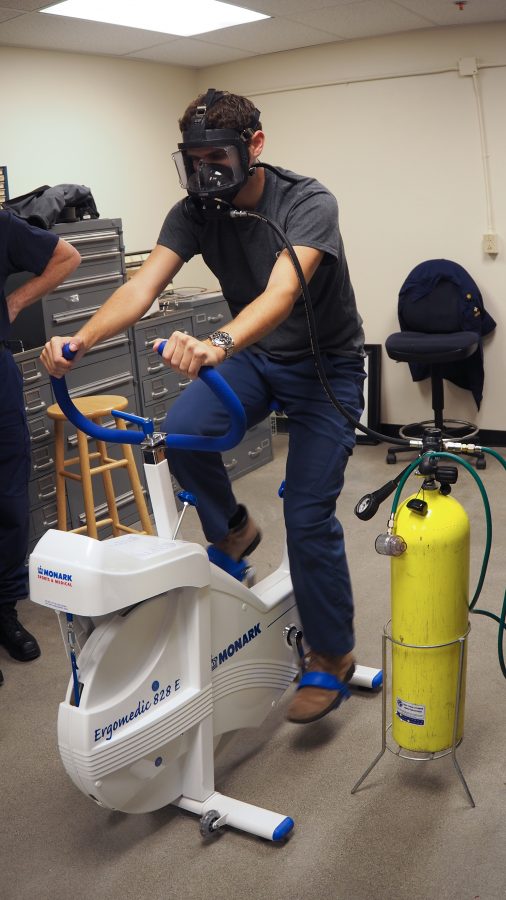
And when you need a break from clinical lectures, why not try out some commercial diving in NOAA’s 3-story dive tank?
Nonetheless, the doctors of diving welcomed me with open arms and the resulting experience was unforgettable. I had no idea I could learn so much in a field I was already so deep into, and I simply cannot thank Greg and the NOAA organizers for allowing me to participate.
More pictures and video of my time at NOAA to come soon!
